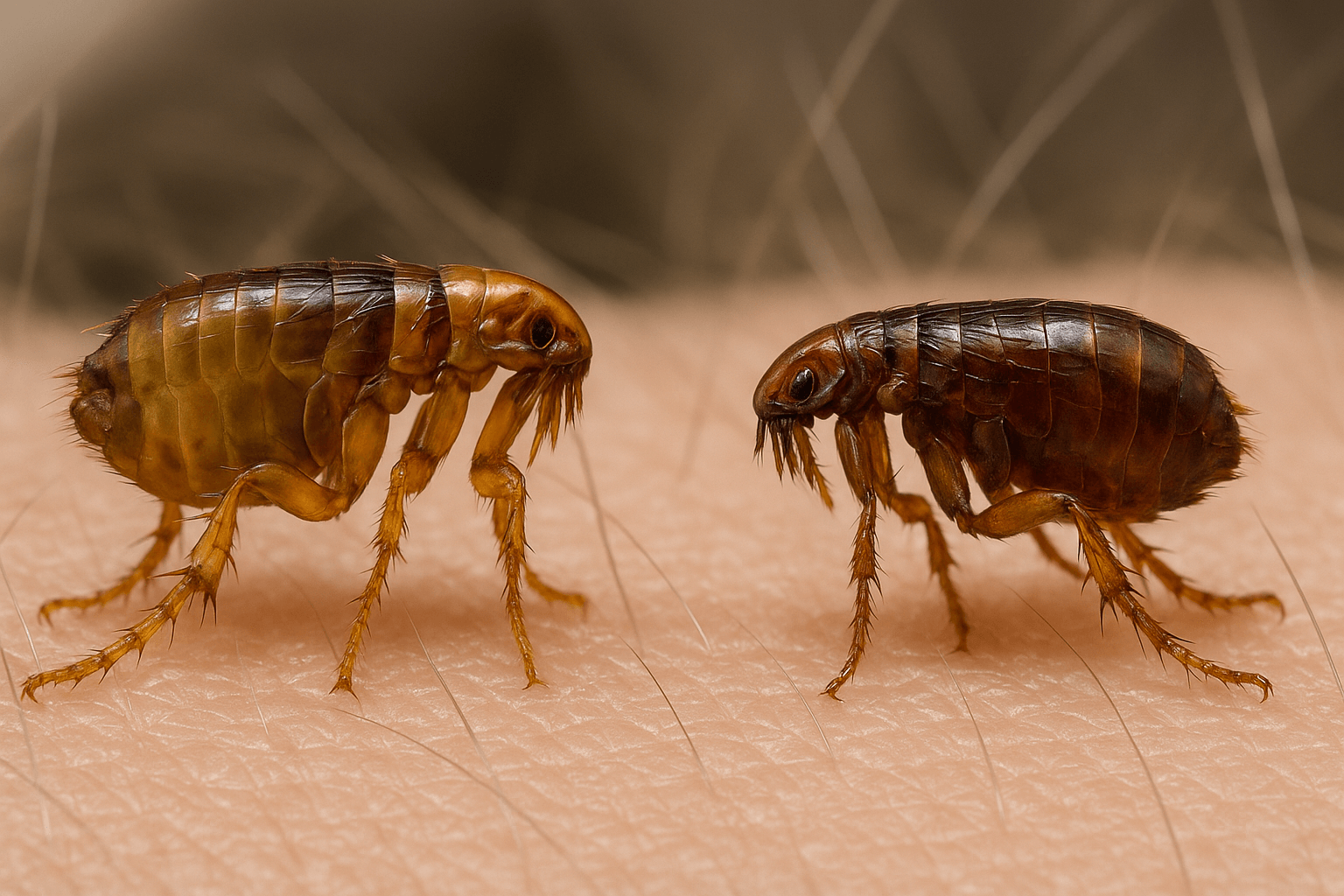Can Dogs Eat Parsnips?
Parsnips, those sweet and earthy root vegetables often found in hearty stews or roasted dishes, are a favorite among humans. But what about our four-legged friends? Can dogs eat parsnips, and if so, are they safe and nutritious for them? As pet owners, it’s natural to wonder which human foods can be shared with our canine companions. Parsnips are packed with vitamins and fiber, but understanding how to safely incorporate them into your dog’s diet is key to ensuring their health and well-being. In this blog post, we’ll explore everything you need to know about feeding parsnips to dogs, from their nutritional benefits to potential risks and preparation tips.
Nutritional Benefits of Parsnips for Dogs
Parsnips are not only delicious but also surprisingly nutritious, making them a healthy addition to your dog’s diet when served in moderation. Here’s how they can benefit your furry friend.
Rich in Fiber:
The high fiber content in parsnips supports healthy digestion and helps regulate bowel movements.Packed with Vitamins:
Parsnips contain vitamins like C and K, which boost the immune system and promote strong bones.Low in Calories:
As a low-calorie treat, parsnips are an excellent option for dogs on a weight management plan.Good Source of Potassium:
This mineral supports heart health and helps maintain proper muscle function in dogs.Antioxidant Properties:
Antioxidants in parsnips help reduce inflammation and protect cells from damage caused by free radicals.
Incorporating parsnips into your dog’s diet can provide a range of health benefits, but moderation and proper preparation are essential.
Potential Risks of Feeding Parsnips to Dogs
While parsnips are generally safe for dogs, there are some risks to be aware of before adding them to your pup’s meals. Understanding these potential hazards will help you keep your dog safe.
Choking Hazards:
Large chunks or raw parsnips can pose a choking risk, especially for smaller breeds or dogs that gulp their food.Digestive Upset:
Overfeeding parsnips may lead to gas, bloating, or diarrhea due to their high fiber content.Allergic Reactions:
Though rare, some dogs may have an allergic reaction to parsnips, such as itching or swelling.High Sugar Content:
Parsnips contain natural sugars, which can be problematic for dogs with diabetes or obesity issues.Raw Parsnips Are Hard to Digest:
Raw parsnips are tough and fibrous, making them difficult for dogs to chew and digest properly.
By being mindful of these risks, you can ensure your dog enjoys parsnips safely without any adverse effects.
Check this guide 👉Can Dogs Have Cod Fish? Best 7 Expert Tips!
Check this guide 👉Can Dogs Eat Rhubarb? Best 7 Expert Tips!
Check this guide 👉Can Dogs Eat Pesto? Best 7 Expert Tips!

Benefits of Parsnips for Dogs | Risks of Feeding Parsnips to Dogs |
|---|---|
High in fiber for digestive health | Choking hazard from large or raw pieces |
Rich in vitamins C and K | Digestive upset from overfeeding |
Low in calories for weight management | Potential allergic reactions |
Contains potassium for heart health | High sugar content for diabetic dogs |
Antioxidants to reduce inflammation | Raw parsnips are hard to digest |
How to Safely Prepare Parsnips for Your Dog
Preparing parsnips correctly ensures they are safe and enjoyable for your dog to eat. Follow these steps to minimize risks and maximize nutrition.
Cook Them Thoroughly:
Boil, steam, or roast parsnips until soft to make them easier for your dog to chew and digest.Remove Seasonings and Spices:
Avoid adding salt, butter, or spices, as these can upset your dog’s stomach or be toxic.Cut into Bite-Sized Pieces:
Chop cooked parsnips into small, manageable pieces to prevent choking, especially for smaller dogs.Serve in Moderation:
Offer parsnips as an occasional treat rather than a staple food to avoid digestive issues.Monitor for Reactions:
After introducing parsnips, watch for signs of allergies or intolerance, such as vomiting or itching.
Proper preparation ensures your dog can enjoy parsnips as a healthy and tasty snack.
Signs Your Dog May Not Tolerate Parsnips
While most dogs can eat parsnips without issue, some may experience adverse reactions. Knowing the warning signs allows you to act quickly if something goes wrong.
Vomiting or Diarrhea:
These symptoms may indicate digestive upset caused by overeating or intolerance to parsnips.Excessive Gas or Bloating:
High fiber foods like parsnips can sometimes cause gastrointestinal discomfort in sensitive dogs.Itching or Swelling:
Allergic reactions may manifest as skin irritation, hives, or swelling around the face or paws.Lethargy or Loss of Appetite:
If your dog seems unusually tired or refuses to eat after trying parsnips, consult your vet immediately.Difficulty Breathing:
In rare cases, an allergic reaction could lead to respiratory distress—a medical emergency requiring immediate attention.
Recognizing these signs helps you determine whether parsnips are suitable for your dog.
Common Mistakes to Avoid When Feeding Parsnips to Dogs
Even with the best intentions, mistakes can happen when introducing new foods to your dog’s diet. Avoiding these common errors ensures a safer experience for your pup.
Feeding Raw Parsnips:
Raw parsnips are tough and fibrous, increasing the risk of choking or indigestion. Always cook them first.Adding Harmful Ingredients:
Never season parsnips with salt, garlic, onions, or other ingredients toxic to dogs. Keep it plain and simple.Overfeeding Parsnips:
Too many parsnips can upset your dog’s stomach or lead to excessive calorie intake. Stick to small portions.Ignoring Portion Sizes for Small Breeds:
Smaller dogs require even tinier pieces to prevent choking or overwhelming their digestive systems.Skipping Veterinary Approval:
Before introducing parsnips, especially to puppies or senior dogs, seek advice from your vet to confirm safety.
Avoiding these mistakes ensures a positive and safe experience for your dog.
Alternative Vegetables Safe for Dogs
If your dog doesn’t tolerate parsnips well, there are plenty of other vegetables that can serve as healthy alternatives.
Carrots:
Crunchy and low in calories, carrots are an excellent source of beta-carotene and fiber.Green Beans:
Packed with vitamins and minerals, green beans are hydrating and easy to digest.Sweet Potatoes:
Rich in fiber and vitamins A and C, sweet potatoes support immune health and digestion.Zucchini:
Low in calories and high in water content, zucchini makes a refreshing and hydrating snack.Pumpkin (Plain):
Canned or fresh pumpkin aids digestion and regulates bowel movements, making it ideal for sensitive stomachs.
These alternatives provide variety and nutrition while catering to your dog’s dietary needs.
Fun Ways to Incorporate Parsnips into Your Dog’s Diet
Adding parsnips to your dog’s meals doesn’t have to be boring! Here are some creative and fun ways to include them in their diet.
Mashed Parsnips:
Mix mashed parsnips with their regular food for added flavor and texture.Parsnip Puree:
Blend cooked parsnips into a smooth puree and freeze in ice cube trays for a cool summer treat.Homemade Dog Biscuits:
Bake parsnip-based biscuits using whole wheat flour and eggs for a wholesome snack.Roasted Veggie Medley:
Combine roasted parsnips with carrots and sweet potatoes for a nutrient-packed side dish.Stuffing Toys:
Use parsnip puree or small pieces to stuff interactive toys, keeping your dog entertained and engaged.
These ideas make feeding parsnips exciting and enjoyable for your dog.
Frequently Asked Questions About Dogs and Parsnips
Can puppies eat parsnips?
Yes, but in small amounts and only after consulting your veterinarian to ensure it fits their dietary needs.
Are raw parsnips safe for dogs?
No, raw parsnips are too tough and fibrous, posing a choking hazard and being difficult to digest.
How much parsnip can I feed my dog?
Stick to small portions—no more than 10% of their daily caloric intake—to avoid digestive upset.
Can parsnips replace regular dog food?
No, parsnips should only be given as a treat or supplement, not as a substitute for balanced dog food.
What should I do if my dog eats too many parsnips?
Monitor for symptoms like vomiting or diarrhea and contact your vet if any concerns arise.
Feeding Parsnips to Your Dog: A Healthy Treat in Moderation
Parsnips can be a nutritious and delicious addition to your dog’s diet when prepared and served correctly. Their fiber, vitamins, and antioxidants offer numerous health benefits, but it’s crucial to feed them in moderation and monitor for any adverse reactions. By taking the time to understand your dog’s individual needs and preferences, you can ensure they enjoy parsnips safely as part of a balanced diet. Remember, every dog is unique, so always prioritize their well-being and consult your veterinarian before introducing new foods. With care and attention, parsnips can become a delightful treat that both you and your furry friend can feel good about.
Canned Pumpkin for Cat Diarrhea: Best 7 Expert Tips! Natural remedy to firm stools, soothe upset bellies, and support gut health safely.
Can a Cat Give You Scabies? Best 7 Expert Tips! Discover the truth about feline mites, human skin risks, and how to protect yourself—without panic.
Cat Flea vs Human Flea: Best 7 Expert Tips! Discover the truth about bites, species, and how to eliminate infestations for good.
Weird Cat Behaviors: Best 7 Expert Tips! Discover why cats do strange things—and how to understand, not punish, their instincts for a happier home.





